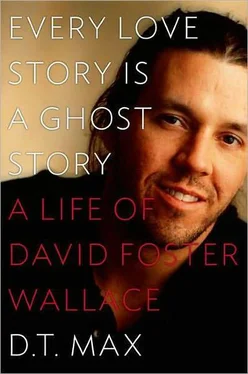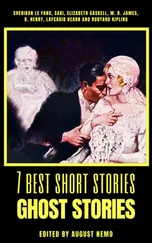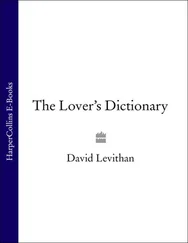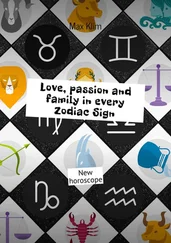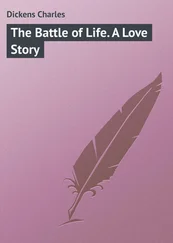The Account Representative watched as the Vice President in Charge of Overseas Production pirouetted, raked a raw clean streak in a cement pillar’s soot and clipped a WRONG WAY sign’s weighted concrete doughnut with a roundabout heel as he pirouetted, reached out at air, hunched, crumpled, and fell.
The younger of the two men then tries to come to his rescue. It is unclear whether he succeeds in saving the other’s life with CPR. “They shared pain, though of course neither knew,” the narrator of the story asserts.
The effort was an early example of the paradoxical approach that would come to dominate Wallace’s later fiction: a passionate need for encounter telegraphed by sentences that seem ostentatiously to prohibit it, as if only by passing through all the stages of bureaucratic deformation can we touch each other as human beings. This would prove one day to be the stance of much of the writing in the story collection Oblivion and, finally and problematically, in The Pale King , but in its earliest incarnations it came easily to Wallace. 23
The next day he and Costello took to the road. They planned on going to St. Francis, Kansas, about two hundred miles to the east. There was a well-known NPR station there. Wallace wanted, Costello remembers, Oedipa Maas — like, “to get to the source of the signal.” On the way they stayed overnight in a cheap motel in eastern Colorado. Wallace realized the next morning en route that he had left behind the notebook with the “CPR” story in it, so the two turned around and drove back the twenty miles to the motel to get it; Wallace mentioned to Costello that it also contained “a big thing”—Costello assumed a new novel was being started. They turned around one more time and got to St. Francis, where they sat in the parking lot for a few minutes. That month, a friend of Walden’s took a photo of Wallace for his book jacket. He chose to wear the leather jacket he’d bought from McLagan, the one that always brought him luck.
The fall 1986 school term came with two big changes. Mary Carter was gone, forced out by the faculty. She did not go quietly. Soon, as Wallace wrote to Nadell, she was “going through both a lawsuit and a nervous breakdown in London.” Carter’s departure was awkward for Wallace. He was her favorite; indeed, some people assumed that they were involved, not least because she had some years before published a novel about an older woman and a younger man. Fueling the rumor was that he moved into her apartment after her departure. Some guessed it was a present of some sort (in fact she charged him rent and told him not to smoke inside). He enjoyed the condo, which was much more pleasant than the swamp-cooled bungalow he’d lived in for the past year. It had color-coordinated furniture and wall hangings, not to mention access to a pool. “I got darned little work done,” he complained to Washington about the summer when September finally came around, “just took one gutty class and sat around smoking pot in airconditioning.”
His scholarship having ended, that fall Wallace had to teach. The prospect did not delight him. In his audio letter to his Amherst friends on arriving, he had declared the undergraduates at UA to be “roughly of an intelligence level of a fairly damaged person.” More important, he was aware that the teacher-student relationship was one of performer and spectator. The teacher was under constant pressure to entertain if he wanted to be liked — and no one wanted to be liked more than Wallace did. The bind was not just that he did not think he could do it, but that if he did do it, was he actually doing something he would admire himself for having done? The first morning of classes found him lying on the floor of the Sonora Review offices in the Modern Languages Building, unable to move. “Give him space. He’s nervous,” Walden whispered to everyone. The others were shocked. Wallace to them was by now the epitome of confidence.
But once he had decided to become good at something, Wallace usually succeeded. It was the decision to dive, not the entry into the water that was hard. Quickly, he became a top instructor, charismatic and popular. He scoured every piece of undergraduate writing, striving to overwhelm the students with the volume and sincerity of his comments. It did not matter that much of what they wrote was indifferent, nor that he was teaching ordinary undergraduate expository writing classes, classes, in other words, for people who by and large only wanted to be done with the class to move on to other things. The vitalizing — he would have said “erotic”—power of his mind made what they did interesting. What he wrote of Julie Smith in “Little Expressionless Animals” applied equally to him:
This girl not only kicks facts in the ass. This girl informs trivia with import. She makes it human, something with the power to emote, evoke, induce, cathart.
And as with Julie Smith, there was at once an out-of-proportion commitment and a hint of irony to his behavior. When the university sent an examiner to evaluate his teaching, Wallace had every student in the class bring an apple to present to him. Whether his mockery was appreciated or went unnoticed, that year he won the prize for best teaching assistant in the department.
Teaching taught him a hard lesson, though: he had only a limited amount of energy. If he taught, that drew down the tank with which he wrote. “I leave at dawn and get home at night,” he wrote Washington as the semester began, “promptly get drunk and fall into a sweaty half-sleep.” Two months later, he was back to Washington with more complaints: “I mostly sit around smoking pot, cigarettes, worrying about not working, worrying about the tension between the worry and the absence of and action fuelled by that worry.”

The page from Penguin’s winter 1987 catalog promised “an ambitious, irreverent novel that speaks to the anxieties and concerns of a new generation,” but trade magazine reviews of Broom failed to spot what was special about Wallace. Kirkus Reviews , for instance, dismissed the author as “a puerile Pynchon, a discount Don DeLillo,” though conceding he was “even a bit of an original.” Walden read the review to Wallace over the phone, sending her boyfriend into a tailspin. “The guy seemed downright angry at having been made to read the thing,” an upset Wallace complained to Howard afterward. He took particular issue with the reviewer’s characterization of the ellipses in quotes to denote a non-response that Howard had warned him against overusing as “pseudo-Wittgensteinian” pauses. “If the technique is a rip-off of anyone it’s of Manuel Puig,” he noted. The book was officially published on January 6, 1987, and came with a nasty surprise. Viking Penguin sent Wallace a bill for $324.51 for his reversal of some of the copyedits. He was incensed. “Maybe,” he wrote Howard, “they never found out that the copy editor had a wild hair up every orifice of his/her body? I can’t see any way that I made 300 bucks worth of my own whimsical corrections in galleys.”
Post-publication book reviewers were kinder than Kirkus . If they didn’t exactly see Broom as a portent, they at least tended to appreciate that a writer in his mid-twenties was reviving some of the energies of postmodern fiction in the midst of the entropic wasteland of minimalism. The Washington Post Book World put its review of Broom on its front page, declaring it “a hot book…a terrific novel.” The New York Times Book Review proclaimed the book
an enormous surprise, emerging straight from the excessive tradition of Stanley Elkin’s “Franchiser,” Thomas Pynchon’s “V,” John Irving’s “World According to Garp.” As in those novels, the charm and flaws of David Foster Wallace’s book are due to its exuberance — cartoonish characters, stories within stories, impossible coincidences, a hip but true fondness for pop culture and above all the spirit of playfulness that has slipped away from so much recent fiction.
Читать дальше
